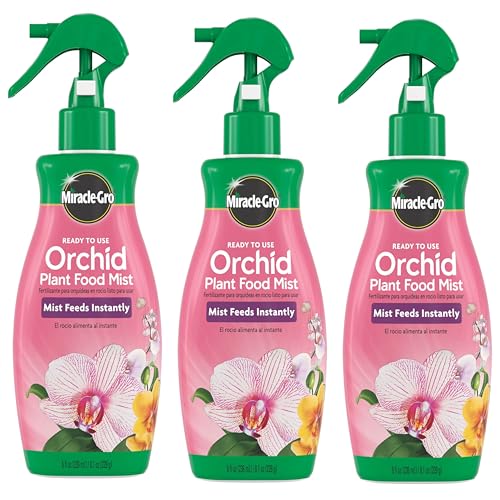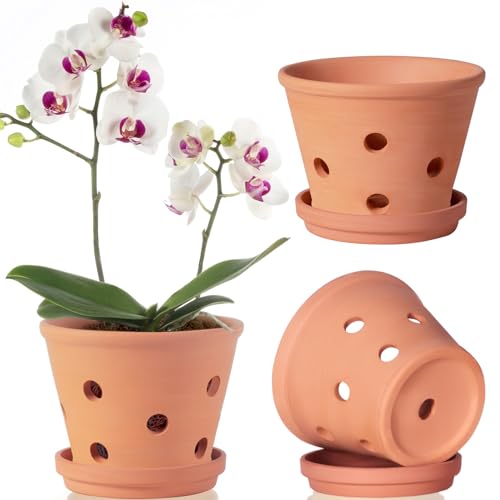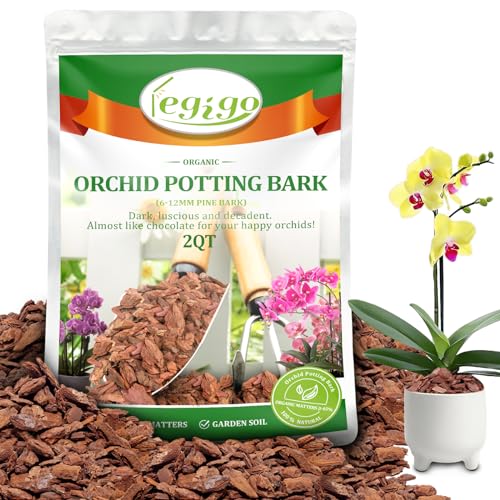5 places to never grow an orchid – houseplant experts warn these spots will mean fewer blooms and weaker plants
These exotic indoor plants need a specific growing environment to stay happy

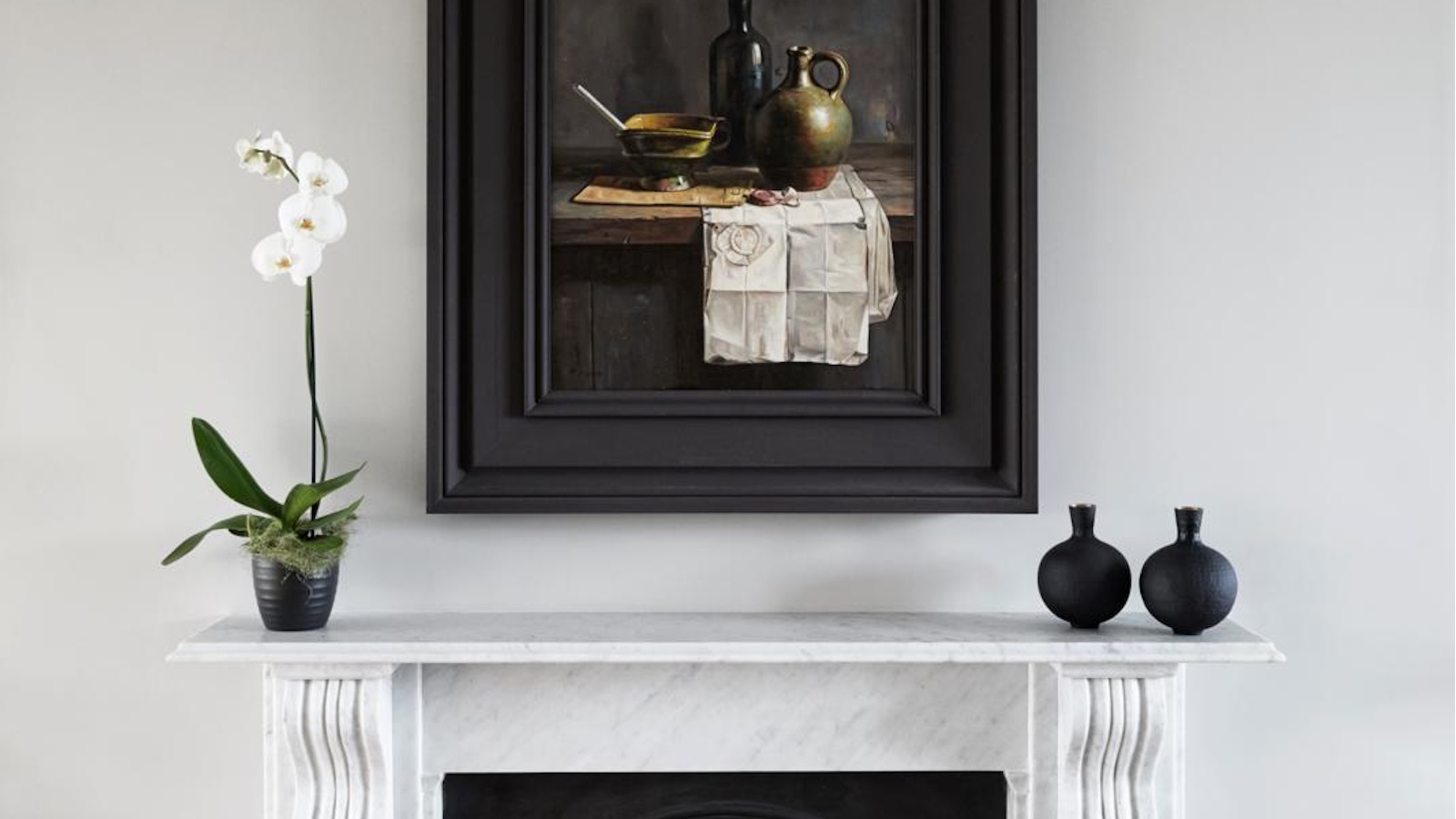
I adore the moth orchids I have in my houseplant collection. They're always some of the first plants my guests point out, wowing with their tropical blooms of vibrant colors. But, I haven't always had success with them.
The truth is orchid care is no easy game. These plants need a consistent environment to flower for longer and produce returning blooms. Most notably, they need higher humidity levels and careful watering. This means there are certain places you should never grow an orchid in your home, and I've learned avoiding these spots is key to successful orchid growing.
So, if you're new to growing orchids or simply haven't had much luck with them in the past, houseplant experts suggest avoiding the following places for your orchid.
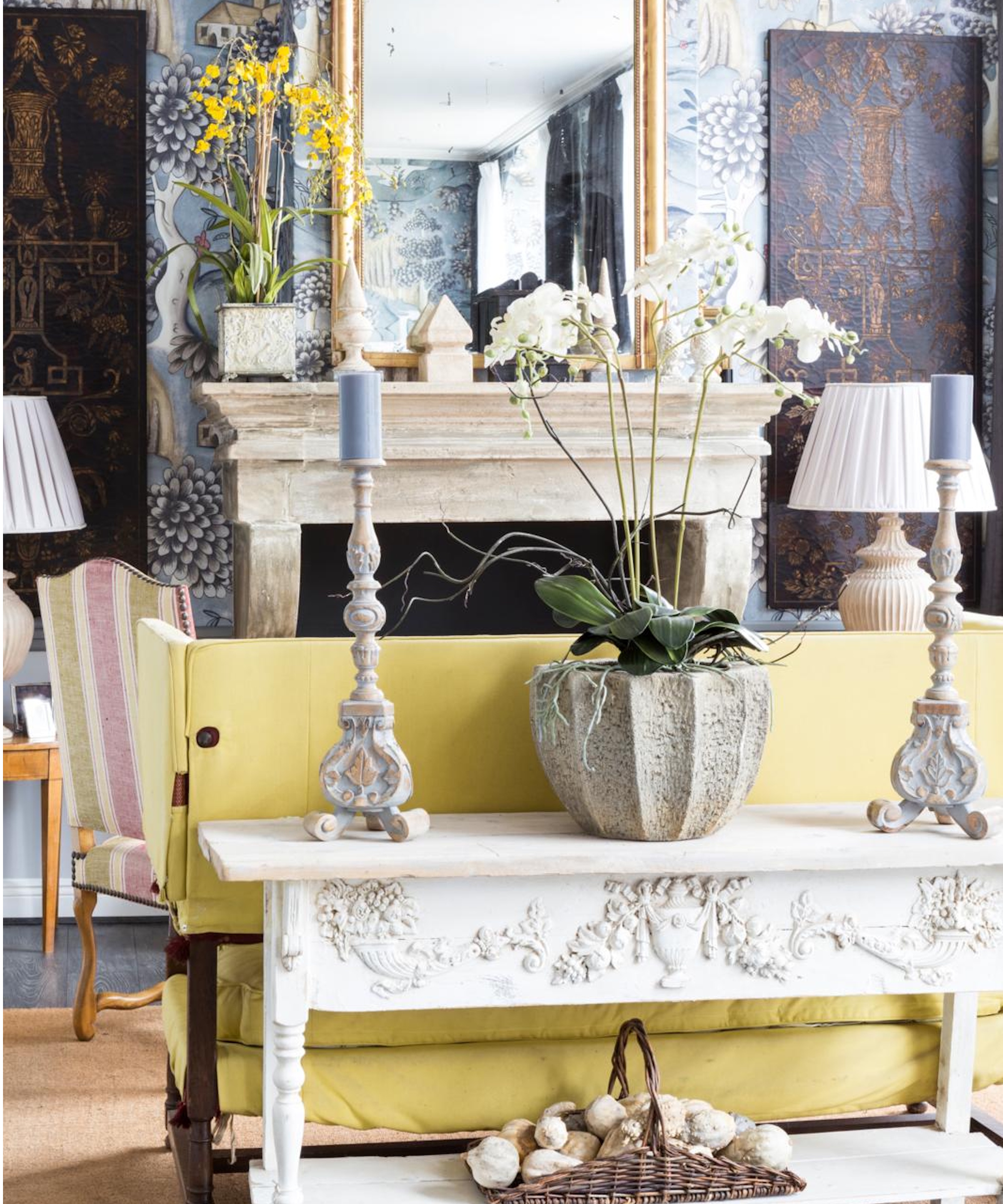
5 places to never grow an orchid
If your orchid flowers are falling off prematurely, your orchid stem is turning yellow, or you're experiencing orchid root rot, you might just be growing your orchid in the wrong spot.
To help you out, I've put together a list of places to never grow an orchid, with insights from experts:
1. A room with dry air
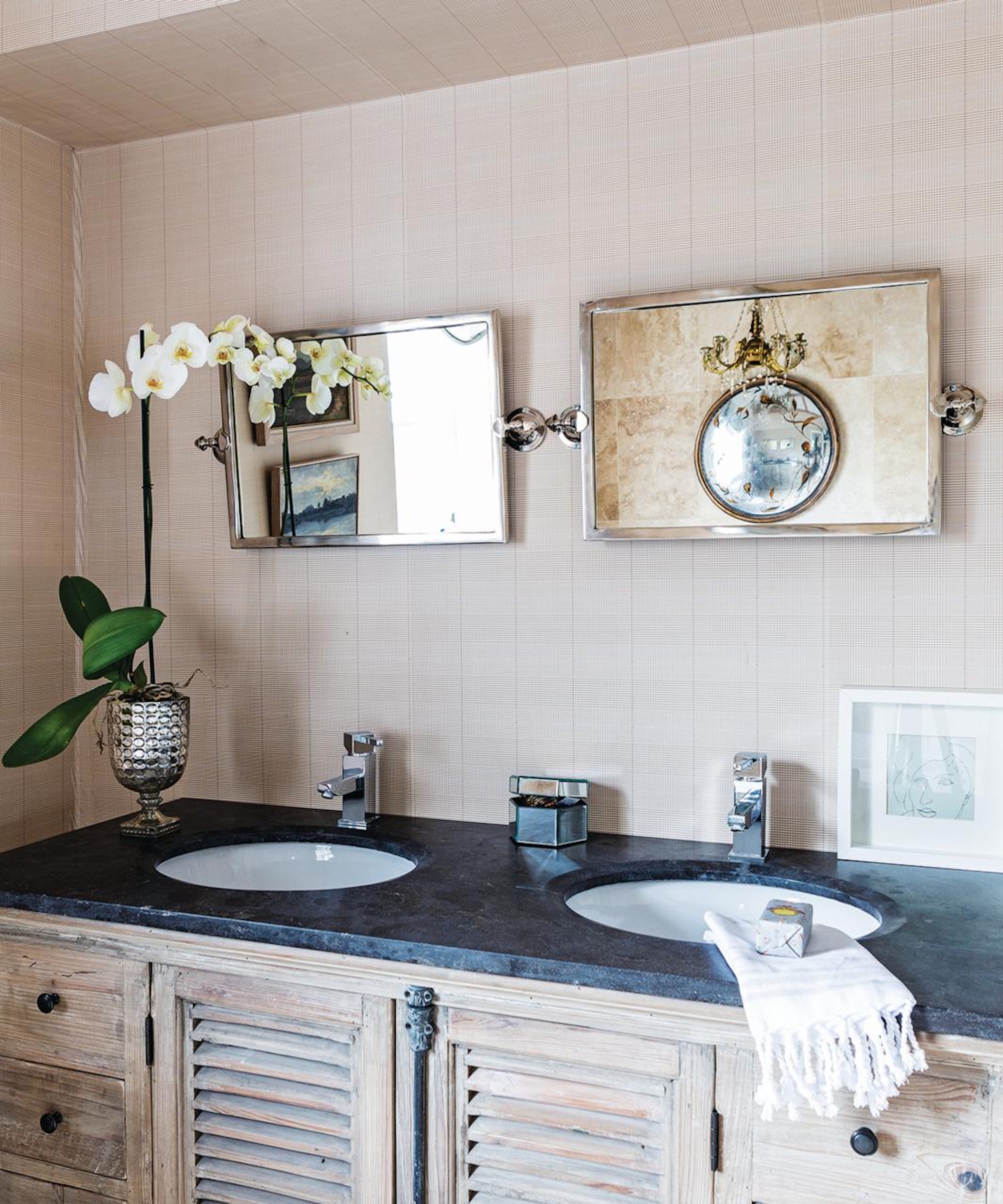
It's no secret that orchids are tropical indoor plants that thrive best in higher levels of humidity. This is explained by their native environment of tropical forests where they enjoy 40-70% humidity.
'Placing orchids in a dry room can lead to problems like dehydration, wrinkled leaves, and stunted growth,' says Carmela de Castro, owner of Orchid Republic Floral Boutique.
Design expertise in your inbox – from inspiring decorating ideas and beautiful celebrity homes to practical gardening advice and shopping round-ups.
'Dry air can increase water loss from the plant’s leaves and roots, making it difficult to maintain moisture,' she explains.
Rooms in the home with lower humidity can therefore stunt growth, prevent flowering, and as Carmela notes, is often the main cause behind wrinkled orchid leaves.
'Dry air can also create an environment where houseplant pests and fungal diseases can thrive,' Carmela adds.
If you are struggling with raising humidity for your orchid, consider placing it in a bathroom or using methods to increase humidity for indoor plants, like placing this humidifier (from Amazon) near your orchid.
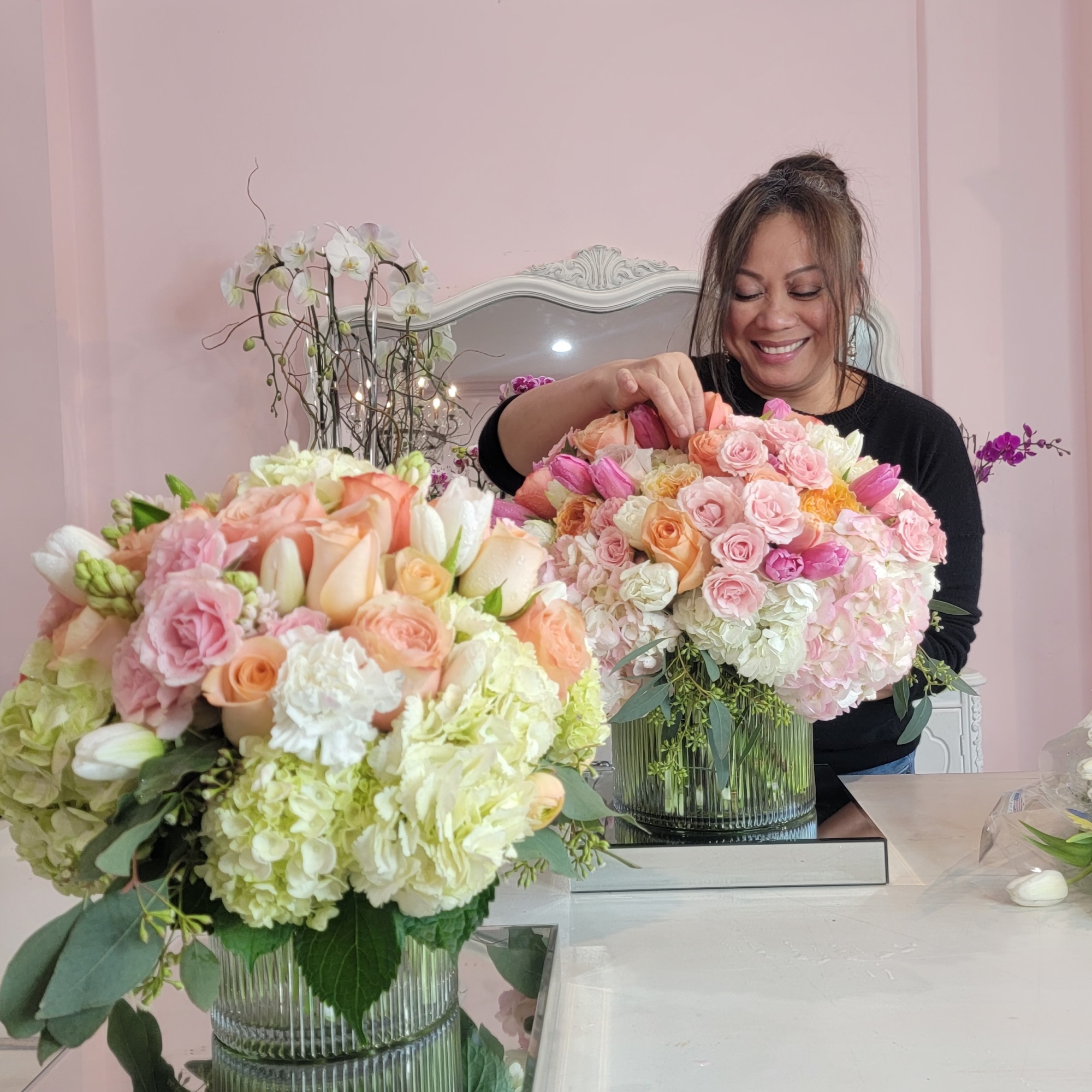
Carmela is the owner of Orchid Republic Floral Boutique, a luxury florist with boutiques in Sherman Oak and Santa Monica, California. She specialises in bespoke flower arrangements, orchids and succulents.
2. Near a radiator

A radiator is another place to never grow an orchid. This is because it can dry them out more quickly, and may even cause issues with temperature.
'Radiators produce hot, dry air that can drastically reduce the humidity levels around it. Since orchids thrive in humid conditions, this can negatively impact the plant’s health,' Carmela explains.
Although orchids appreciate warmer temperatures between 60-80°F, the hot air from a radiator can be too much. This may even cause leaf scorch if your orchid becomes too dehydrated.
3. A dark corner

This one may sounds obvious, but orchids are not indoor low light plants. For this reason, they shouldn't be left to grow in a dark corner with a lack of light.
'While orchids don’t need bright light, they do need some light to grow healthy foliage and flower, and a dark corner would not provide that,' explains Julie Bawden-Davis, indoor plant expert at Healthy Houseplants.
If your orchid is not blooming, assess how much light it's getting in its current position and adjust accordingly.
If your home struggles to get a lot of natural light, consider using a grow light for houseplants. This grow light from Amazon has a timer function, so you can set it to turn on for a few hours of the day to support orchid growth.

Julie Bawden-Davis is a garden author and University of California Certified Master Gardener, who has written several gardening books, including Indoor Gardening The Organic Way. In addition to running HealthyHouseplants.com, she shares indoor gardening advice on her YouTube channel @HealthyHouseplants.
4. A south-facing windowsill

At the same time as not providing too little light for your orchid, you should also avoid exposure to harsh sunlight, So, just like places to never grow a peace lily, avoid south-facing windowsills.
'Many orchids grown as houseplants come from the understory of the jungle, which means they grow in medium light. A south-facing windowsill constitutes bright light, which means that such a location is much too bright for orchids, resulting in burned foliage and failure to flower,' Julie explains.
Leaf scorch is highly probable when orchids are growing in direct sun, as both foliage and petals are sensitive to harsh light.
These conditions are also likely to stress your orchid, stunting growth and hindering its ability to bloom, as Julie notes.
To combat harsh light, consider recreating the look pictured above. You can either add a window screen or sheer curtains (like these from Wayfair) to create filtered light and protect your orchid from direct sun.
5. In the path of draft
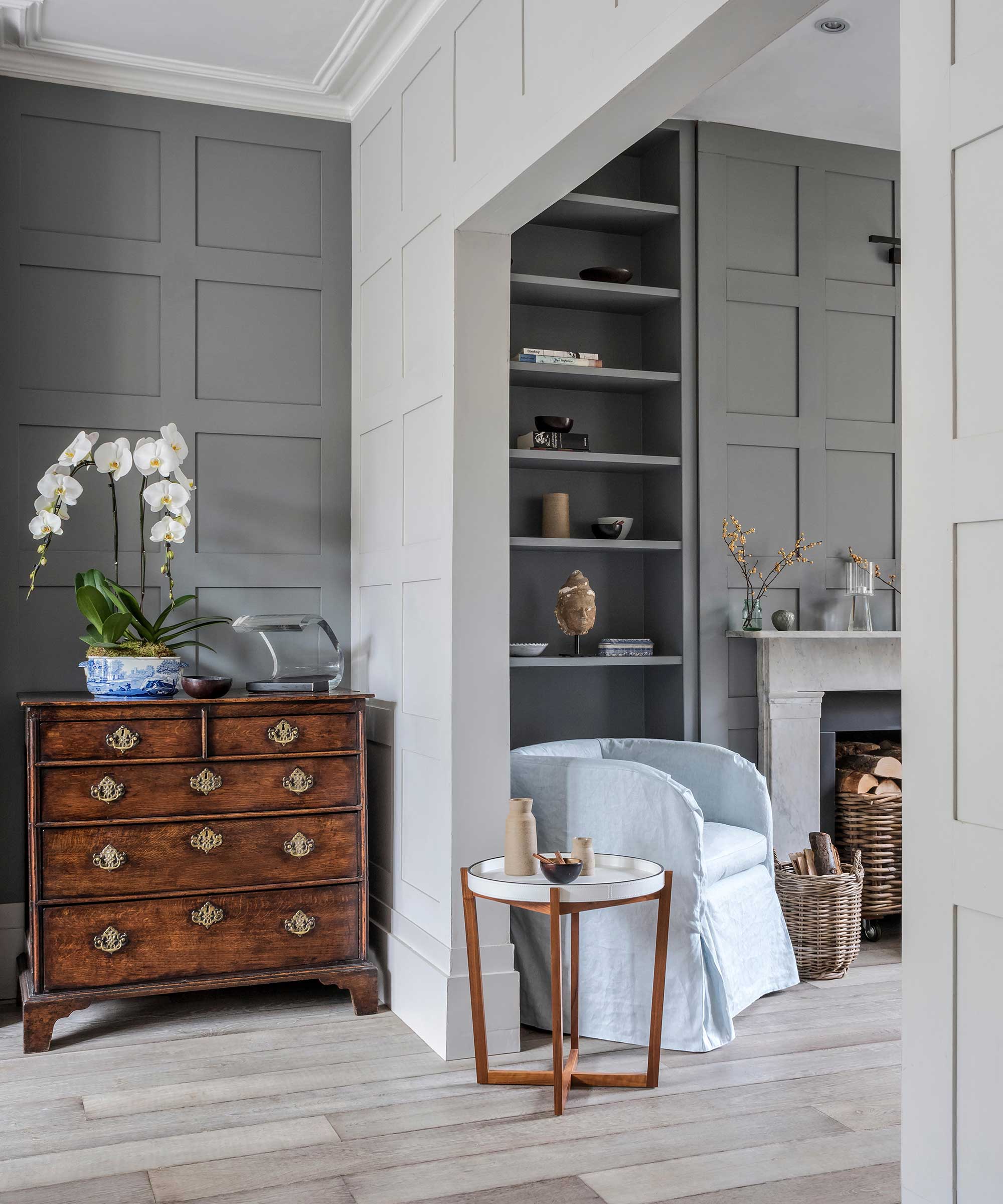
As mentioned, orchids are sensitive to sudden environmental changes, which can cause orchids to wilt suddenly. For this reason, it's best to not grow an orchid in a drafty spot.
'Places with cold drafts, like an open window, can stress your orchid as these can cause extreme temperature fluctuations, disrupting the plant’s delicate balance,' explains Carmela.
You may also notice your orchid flowers dropping petals if exposed to gusts of wind and draft.
Instead, choose a spot that provides a stable environment, while meeting temperature, humidity, and lighting requirements.
FAQs
Can you grow orchids outdoors?
It is absolutely possible to grow orchids outdoors, but only certain types of orchids and in certain regions. Some hardier, cool-growing orchids for growing outdoors in milder regions include Cymbidium and Miltoniopsis orchids.
For more tropical climes, you can grow Phalaenopsis and Vanda orchids, among others. As for position, it's always best to protect orchids from strong winds that may knock their flowers off. Likewise, choose somewhere orchids will receive plenty of light without being exposed to direct sun.
I stick by the policy of leaving an orchid be once you find a spot it's happy in. Of course, finding this position doesn't just require knowing which places to never grow an orchid, but also the best places for an orchid to grow.
For example, as well as an optimal growing environment, you may wish to take into account where to place an orchid for good Feng Shui – these indoor blooms hold a lot of symbolism in the practice.
Shop orchid care essentials

Tenielle is a Gardens Content Editor at Homes & Gardens. She holds a qualification in MA Magazine Journalism and has over six years of journalistic experience. Before coming to Homes & Gardens, Tenielle was in the editorial department at the Royal Horticultural Society and worked on The Garden magazine. As our in-house houseplant expert, Tenielle writes on a range of solutions to houseplant problems, as well as other 'how to' guides, inspiring garden projects, and the latest gardening news. When she isn't writing, Tenielle can be found propagating her ever-growing collection of indoor plants, helping others overcome common houseplant pests and diseases, volunteering at a local gardening club, and attending gardening workshops, like a composting masterclass.
